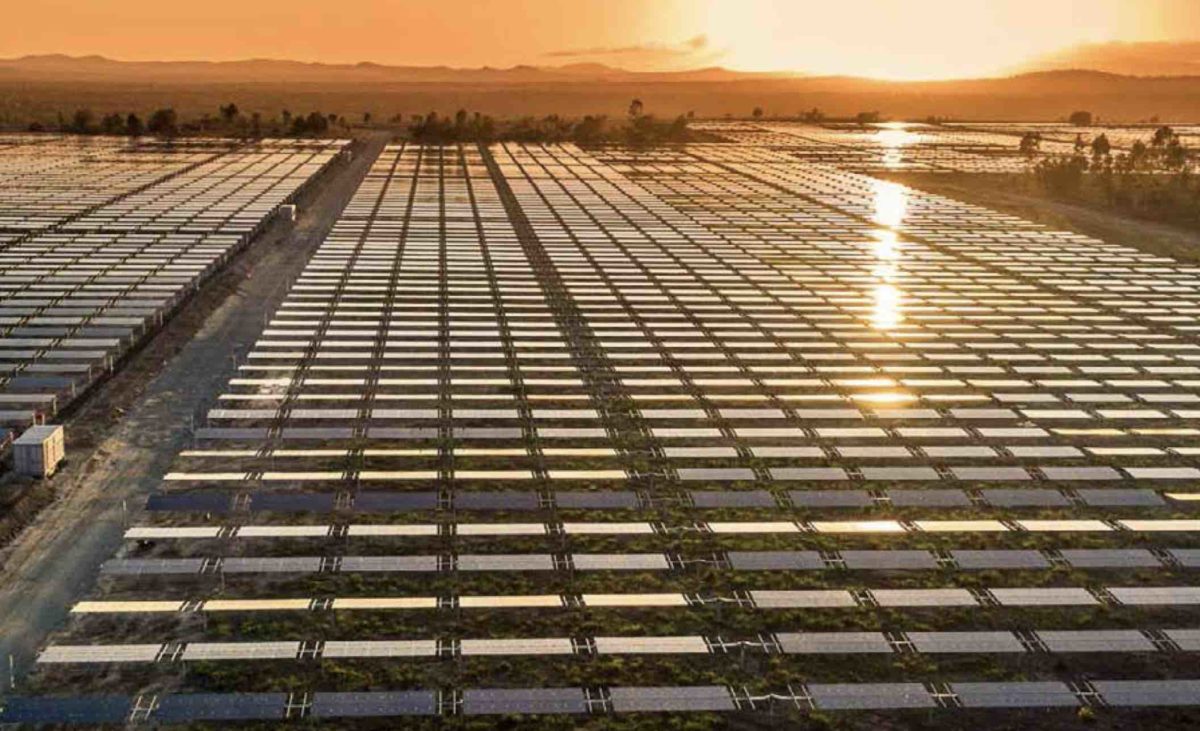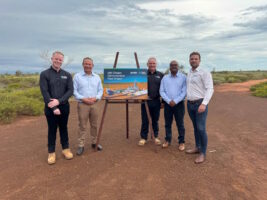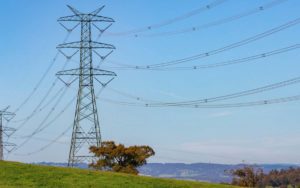A Quinbrook-backed, $8 billion plan to build Australia’s first polysilicon factory and power it with renewable energy and battery storage will be put through the federal environmental approvals process to assess its threat to protected animals and habitats.
Project Green Poly, proposed for Townsville in north Queensland, will be Australia’s first polysilicon factory and will be a critical part of any future solar panel manufacturing supply chain.
But despite the ‘green’ denomination and promises the site will run on renewable electricity, it’s not clear yet where the power will come from. The original idea was to build a solar farm next to the site.
In December, Australian-based investor and co-owner of the project Quinbrook added a 750 megawatt (MW) battery to the site, which has already been secured by the other partner Solquartz.
Solquartz was already planning a metallurgical silicon metal processing plant at Townsville’s Lansdown Eco-Industrial Precinct when Quinbrook suggested they think a little bigger for the 353 hectare site.
The full project will encompass the 150,000 tonne per annum processing plant, a 100,000 tonne-per-year polysilicon plant, a biochar processing facility to supply the silicon precursor material, and the battery.
Quinbrook has been reaching deeply into the green supply chain, with local quartz-to-silicon not its only venture in this space.
The investor is also backing a plan to turn Queensland magnetite into green iron, sponsoring the evaluation and testing of Central Queensland Metals’ Eulogie vanadiferous titanomagnetite ore deposit, 70km west of Gladstone, to prove its quality and scale.
The idea is to use the hydrogen produced by the massive 2.2 gigawatt Central Queensland Hydrogen Project (CQ-H2) to make green iron.
Protecting bird, bat life
The threatened species which have brought the project into the scope of the EPBC are the Bare-rumped Sheathtail Bat, Black-throated Finch and Squatter Pigeon, all of which have potential habitat trees on the site but weren’t seen during the environment surveys.
The site itself used to be a CSIRO agricultural cropping and grazing research station. Much of it has already been cleared but there are small patches of remnant and regrowth vegetation, mostly around creeks that run through the area.
“Clearing will include requirements for soft felling of hollow bearing trees. Suitable hollow bearing trees to be cleared will be identified during the day, and hollows closed off at night once any bats have vacated the tree,” the project’s EPBC referral says.
“The following day hollow bearing trees will be cleared using a soft felling approach. If practical, clearing of areas of potential roosting habitat will be avoided during the wet season when maternal roosting is suspected to occur.”
Worst case scenario is having to clear the whole site, something the proponents are trying to avoid with their final design.
They are promising to rehabilitate land next to the site as well as parts of the site that aren’t needed once construction has finished.









